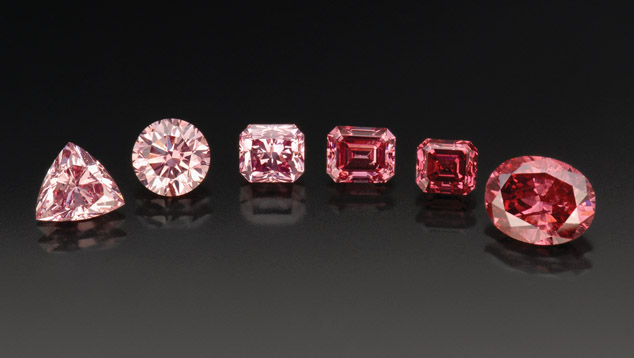In the dazzling world of gemstones, diamonds have long symbolized love, luxury, and eternal beauty. Yet, behind the shimmering facade lies a dark reality – the tale of blood diamonds. These precious stones, tainted by conflict and human suffering, carry a burden heavier than their weight in carats. Let’s delve deep into the heart of this issue, uncovering its origins, impacts, global efforts, ethical alternatives, and the importance of consumer awareness.
Introduction
Definition and Origin of Blood Diamonds
Blood diamonds, also known as conflict diamonds, are gemstones mined in war zones, typically in African countries such as Sierra Leone, Angola, and the Democratic Republic of Congo. These diamonds are illegally traded to fund armed conflict against governments, often resulting in human rights abuses and environmental devastation.
1. The Dark Origins
Historical Background
The history of blood diamonds is intertwined with Africa’s turbulent past. In the late 1990s, rebel groups in Sierra Leone and Angola seized control of diamond mines, using the proceeds to finance their violent campaigns. The illicit trade of blood diamonds flourished, fueling civil wars and prolonging suffering.
Exploitation of African Mines
African diamond mines became battlegrounds, with workers subjected to forced labor, violence, and exploitation. The profits from these conflict diamonds lined the pockets of warlords and fueled further bloodshed, leaving a trail of destruction in their wake.
2. Impact on Communities
Social and Economic Consequences
The impact of blood diamond on affected communities is profound and far-reaching. Families are torn apart, livelihoods destroyed, and entire regions plunged into poverty. The revenue from these diamonds is often used to purchase weapons instead of addressing pressing social needs such as healthcare and education.
Environmental Damage
In addition to human suffering, blood diamond mining wreaks havoc on the environment. Forests are cleared, rivers polluted, and ecosystems disrupted, causing irreparable harm to wildlife and biodiversity. The scars left by mining operations serve as a stark reminder of the environmental toll of conflict diamonds.
3. Global Efforts
Kimberley Process
In response to the blood diamond crisis, the international community established the Kimberley Process Certification Scheme in 2003. This initiative aims to regulate the diamond trade and prevent the circulation of conflict diamonds in the global market. Participating countries must adhere to strict guidelines to ensure that diamonds are ethically sourced and conflict-free.
Challenges and Criticisms
While the Kimberley Process has made significant strides in curbing the trade of blood diamonds, it faces criticism for its loopholes and lack of enforcement. Critics argue that the certification process is flawed, allowing conflict diamonds to enter the market through legal channels. Moreover, the exclusion of human rights violations from the certification criteria raises concerns about the scheme’s effectiveness.
4. Ethical Alternatives
Rise of Ethical Diamond Trade
In recent years, there has been a growing demand for ethical diamonds sourced from mines that prioritize fair labor practices and environmental sustainability. Ethical diamond retailers, such as Brilliant Earth and Tiffany & Co., offer consumers the assurance that their purchases do not contribute to conflict or exploitation.
Supporting Conflict-Free Diamonds
By choosing to buy ethically sourced diamonds, consumers can make a positive impact and support the livelihoods of miners and their communities. Ethical diamond certification programs, such as the Responsible Jewellery Council, provide transparency and accountability throughout the supply chain, ensuring that diamonds are mined and processed ethically.
5. Consumer Awareness
Importance of Educating Consumers
Empowering consumers with knowledge is key to combatting the trade of blood diamonds. By raising awareness about the ethical issues surrounding diamond mining, man made diamonds, individuals can make informed choices and demand accountability from industry stakeholders. Education initiatives and advocacy campaigns play a crucial role in shaping consumer attitudes and behavior.
Choosing Ethical Jewelry
When purchasing jewelry, consumers should inquire about the provenance of the diamonds and opt for brands that prioritize ethical sourcing practices. Look for certifications such as the Kimberley Process Certification or certifications from reputable organizations like the Responsible Jewellery Council. By supporting ethical jewelry brands, consumers can contribute to positive change in the diamond industry.
6. Conclusion
The journey to eradicate blood diamonds is fraught with challenges, but it is a cause worth fighting for. Through concerted global efforts, ethical alternatives, and consumer awareness, we can shine a light on the dark underbelly of the diamond trade and pave the way for a brighter, more sustainable future.



